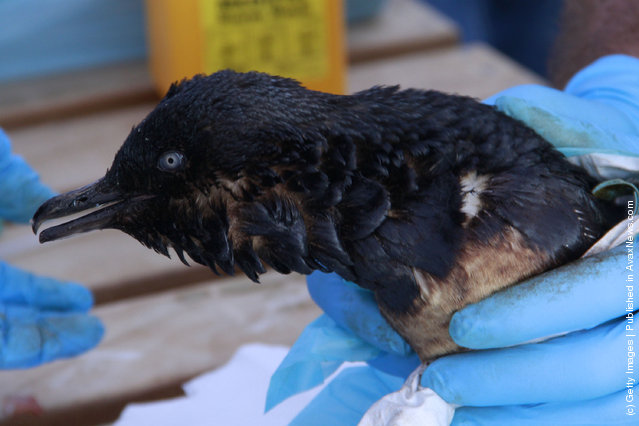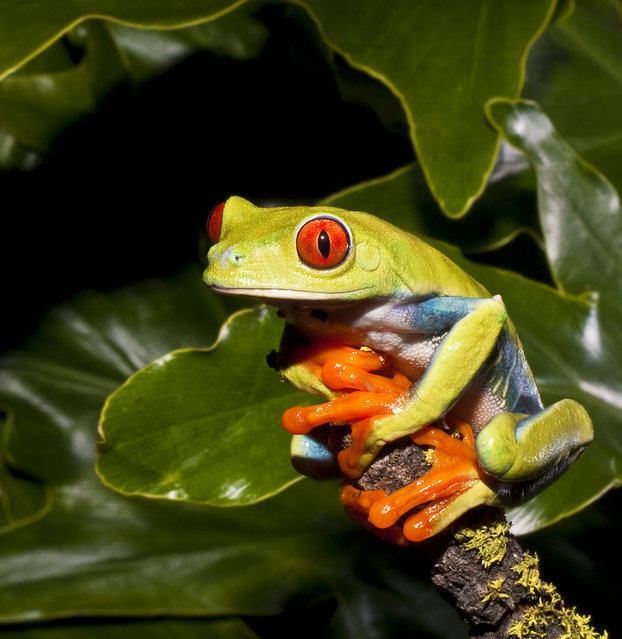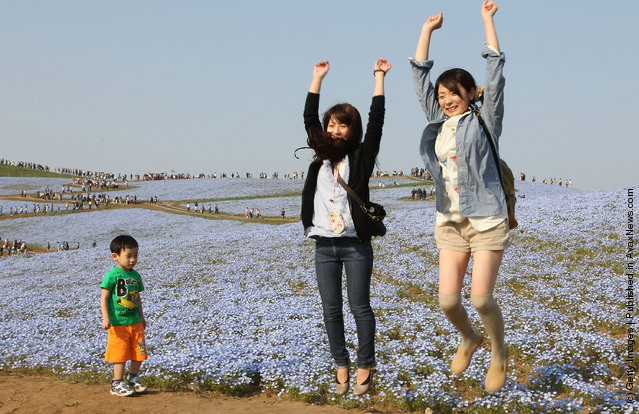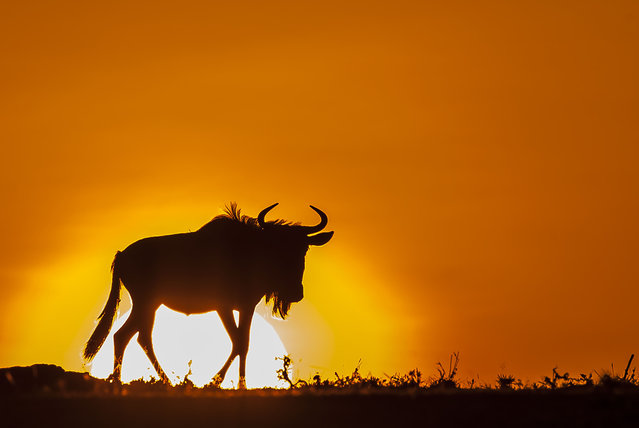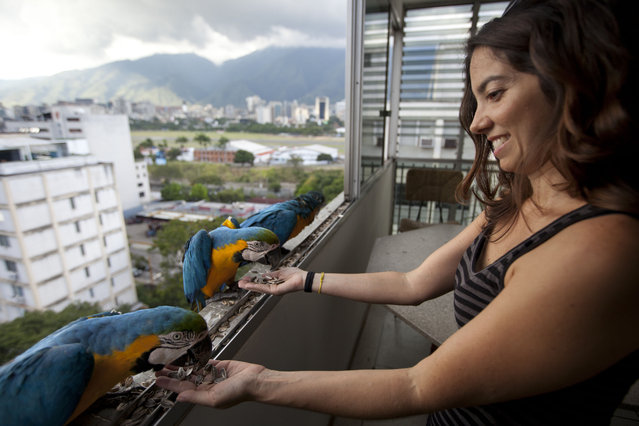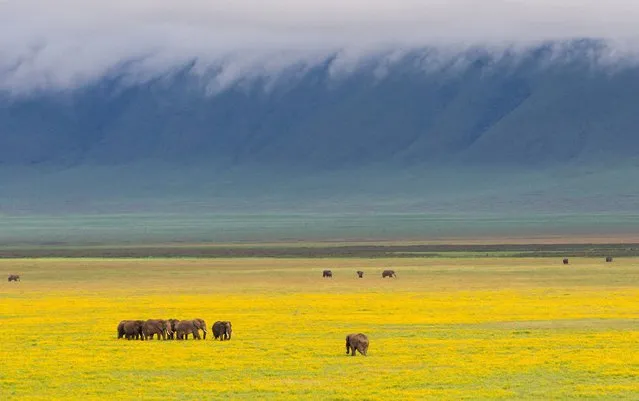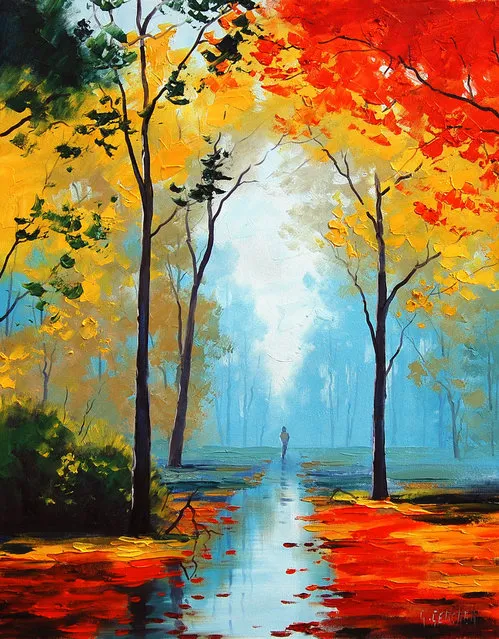
Here you will find paintings by Award winning Australian Landscape artist Graham Gercken. The online gallery includes landscape paintings for sale, created by Graham in both Plein air and larger in Studio. The themes of these paintings include the Rugged Cliffs of the Blue Mountains Canyons , dry deserts of Central Australia & American Southwest , the drama of Autumn Colours to magnificent Coastal Beaches and Dunes.
10 Jul 2012 10:09:00,post received
0 comments

